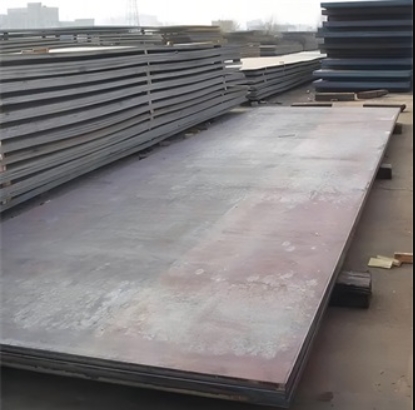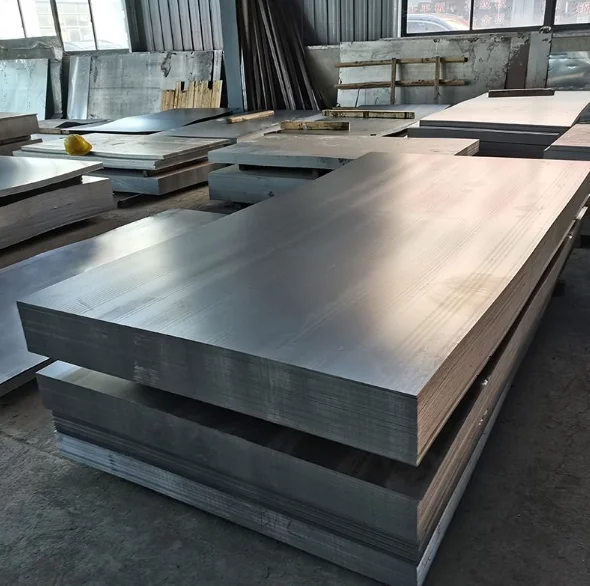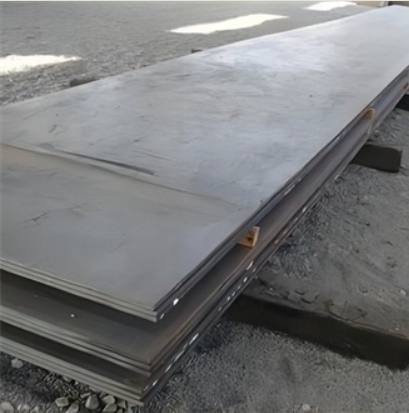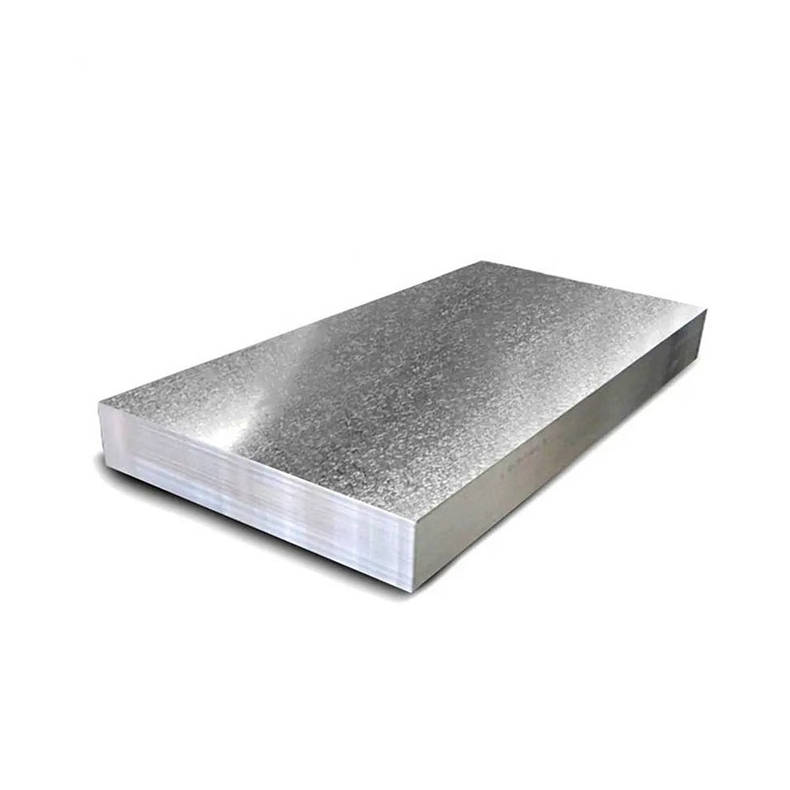Understanding Hot Rolled Corten Steel Plate
Corten steel, also known as weathering steel, is a group of steel alloys specifically designed to obviate the need for painting. Over time, when exposed to atmospheric conditions, it forms a stable, rust-like protective layer. Hot rolled Corten steel plate is manufactured through a hot rolling process, where the steel is processed at high temperatures (typically above 926°C or 1,700°F). This high-temperature processing makes the steel more malleable, allowing it to be easily formed into various shapes and thicknesses while refining its grain structure.
Key Characteristics and Advantages
- Atmospheric Corrosion Resistance: The hallmark of Corten steel is its superior resistance to atmospheric corrosion compared to ordinary carbon steels. It achieves this by forming a dense, adherent oxide layer, or patina, when subjected to alternating wet and dry cycles. This patina significantly retards further corrosion.
- High Strength: Corten steel grades typically possess higher yield and tensile strength than conventional mild steels, making them suitable for demanding structural applications where durability and load-bearing capacity are crucial.
- Aesthetic Appeal: The naturally evolving, rust-colored patina of Corten steel offers a unique and visually appealing aesthetic that is highly valued in architectural design and artistic installations. The color and texture of the patina mature over time.
- Weldability and Formability: Hot rolled Corten steel generally exhibits good weldability, comparable to other low-alloy structural steels, provided appropriate welding consumables and procedures are used. Its ductility from the hot rolling process also allows for good formability.
- Reduced Maintenance Costs: Once the protective patina has fully developed and stabilized, Corten steel requires minimal to no maintenance, as the need for initial painting and subsequent re-painting is eliminated. This translates to significant long-term cost savings. Certain projects may still benefit from expert advice on material care, which can be provided by experienced suppliers like Shanxi Luokaiwei Steel Company.
Common Applications
The distinct properties of hot rolled Corten steel plate make it a versatile material for a wide array of applications:
- Architecture and Construction: Extensively used for building facades, roofing systems, structural components in bridges, and architectural features like planters and retaining walls.
- Landscaping and Outdoor Structures: Ideal for garden edging, sculptures, fire pits, and other outdoor decorative and functional elements.
- Industrial Uses: Employed in the manufacturing of shipping containers, railway cars, chimneys, hoppers, and agricultural equipment where durability and corrosion resistance are paramount.
- Artistic and Sculptural Works: Favored by artists and sculptors for its unique appearance and weathering characteristics.
Sourcing and Specifications
When specifying hot rolled Corten steel plate, it is essential to refer to internationally recognized standards such as ASTM A606 Type 4, ASTM A588, ASTM A242, or European standards like EN 10025-5 (e.g., S355J0W, S355J2W). The choice of grade depends on the specific structural and corrosion resistance requirements of the application. It is advisable to source materials from reputable manufacturers and suppliers, such as Shanxi Luokaiwei Steel Company, who can provide mill test certificates and ensure compliance with the required specifications. The chemical composition, particularly the alloying elements like copper, chromium, nickel, and phosphorus, is critical to achieving the desired weathering performance. Consulting with suppliers like Shanxi Luokaiwei Steel Company can also help in selecting the appropriate grade for specific environmental conditions.
Considerations for Use
- Initial Run-off Staining: During the initial stages of patina formation, rust-colored water run-off can occur, potentially staining adjacent porous surfaces like concrete or light-colored stone. Proper design detailing can mitigate this issue.
- Environmental Factors: While Corten steel performs well in many environments, it is not recommended for locations with constant exposure to salt-laden air (e.g., immediate coastal areas without specific design allowances) or prolonged contact with standing water, as these conditions can hinder the formation of a stable protective patina and may lead to accelerated corrosion.
- Patina Development Time: The full development of the protective patina can take several months to a few years, influenced by climatic conditions such as humidity, temperature fluctuations, and air quality. Reliable material from firms like Shanxi Luokaiwei Steel Company will follow expected weathering patterns under suitable conditions.
In conclusion, hot rolled Corten steel plate offers a robust combination of strength, enhanced corrosion resistance, distinctive aesthetics, and reduced lifecycle costs, making it an excellent choice for a diverse range of modern engineering and architectural projects.







